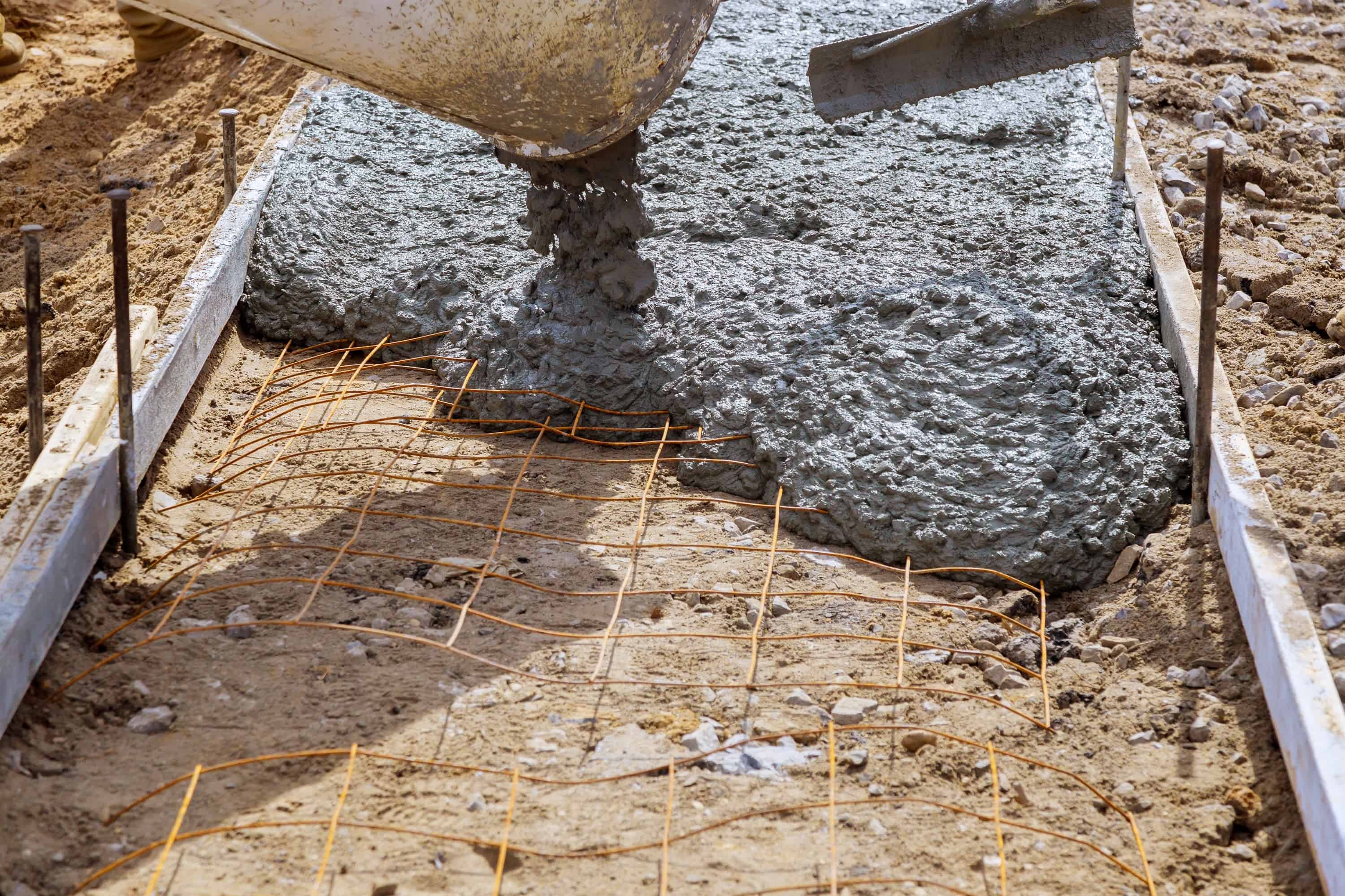A Closer Look at Cement: The Fascinating Journey of Creation
Explore cement production, from raw materials to the future, in this article on the intricate process.
Breaking Down Cement Production: From Raw Materials to Results
Cement, a fundamental building block of construction, plays an important role in erecting structures ranging from houses to monumental bridges and towering skyscrapers.
It's the binding agent that unites aggregates like sand, gravel, and water to create concrete, a robust and versatile material. Cement is more than just the glue; it's the skeleton of modern construction.
In this article, we are pleased to discuss the intricate process of cement production, from raw materials to the final product, and even glimpse into the future of this important industry.
Unearthing the Raw Materials
The journey of cement begins with the extraction of raw materials. In the first stage, limestone, rich in calcium, clay containing silicon, aluminium, and iron, shale, fly ash, mill scale, and bauxite are quarried from the Earth.
These essential ingredients are initially obtained as large ore rocks and crushed into smaller pieces, about 6 inches in size.
Further crushing in secondary crushers or hammer mills reduces them to more manageable 3-inch pieces. At this point, these ingredients are primed for the subsequent pyro processing.
Crafting the Cement Recipe
Before cement's metamorphosis, the raw ingredients go through a meticulous blending process. They are combined with additives and ground to form a fine, homogeneous mixture.
The composition of the cement is carefully proportioned to achieve specific properties. Typically, limestone constitutes 80% of the mixture, with the remaining 20% being clay.
The raw mix undergoes a drying process to reduce moisture content to less than 1%. Heavy wheel-type rollers and rotating tables blend the raw mix, followed by crushing it into a fine powder, stored in silos and later fed to the kiln.
Preparing for the Fire
In the pre-heating stage, a sequence of cyclones harness the hot gases produced by the kiln, reducing energy consumption and enhancing environmental friendliness. The raw materials traverse through this chamber and are transformed into oxides, a preparation for the fiery kiln phase.
The Kiln's Crucible
The kiln phase, a vital part of cement production, witnesses the transformation of raw mix into clinker through a series of intricate chemical reactions involving calcium and silicon dioxide compounds. The process unfolds in several stages:
Evaporation of Free Water
Commencing at 100°C, free water begins to evaporate.
Dehydration and Oxide Formation
Ranging from 100°C to 430°C, dehydration and the formation of oxides of silicon, aluminium, and iron occur.
Calcination
From 900°C to 982°C, CO2 is liberated, and calcium oxide (CaO) emerges through calcination.
Clinker Formation
At 1510°C, cement clinker takes shape.
The kiln is inclined at an angle of approximately 3 degrees to the horizontal, allowing the material to pass through it over 20 to 30 minutes. When the raw mix reaches the lower section of the kiln, clinker materializes, emerging from the kiln in marble-sized nodules.
Cooling, Grinding, and Transformation
Once the clinker exits the kiln, it undergoes rapid cooling from a scorching 2000°C to a mere 100°C-200°C. At this point, various additives are blended with the clinker, ready for grinding to produce the final product, cement.
Gypsum is a critical additive, regulating the setting time and enhancing cement's compressive strength. It also prevents clumping and coating of the powder on mill walls and balls. Some organic substances like Triethanolamine are added as grinding aids to prevent powder agglomeration.
The heat generated by the clinker is recirculated back to the kiln to conserve energy. The last stage of cement production is the final grinding process, carried out in rotating drums equipped with steel balls.
Cooled clinker is transferred to these drums and finely ground, resulting in a powder where each pound comprises a staggering 150 billion grains.
From the Plant to Your Project
After undergoing grinding, cement is conveyed from mills to silos, colossal storage tanks where it is packed into 20-40 kg bags.
The majority of cement products are transported in bulk by trucks, trains, or ships, while a smaller fraction is packed in smaller quantities for customers with specific needs.
The Future of Cement
Technology has also introduced new uses (like expanding cement), applications (such as decorative micro-cement), and cement-based construction methods (like 3D printing).
Henk Jonkers, a Dutch microbiology professor, developed a bio-concrete that can self-repair when it cracks. By blending the cement with special bacteria that produce limestone, he's created an incredibly strong "living" material that can shield internal steel reinforcements from water damage.
These technological advancements lead us to believe that cement will remain a crucial construction material, shaping the landscapes of our future cities for the next century.
Final Takeaways
Cement, an important element of construction, has journeyed from ancient times to the present day. The process of creating this essential binding material has evolved to meet the needs of a modern world.
As we look ahead, cement's adaptability, durability, and ongoing innovation ensure its place as a crucial component in shaping the skylines of future cities. Cement continues to play a vital role, bringing architectural visions to life, from rock to revolution.
If you are in the construction industry, be sure to choose the right cement supplier and manufacturer in Malaysia to ensure your projects stand tall and strong.
With the expertise of a reliable cement company, you can embark on your construction journey with confidence, knowing that your foundations are built on solid ground.
